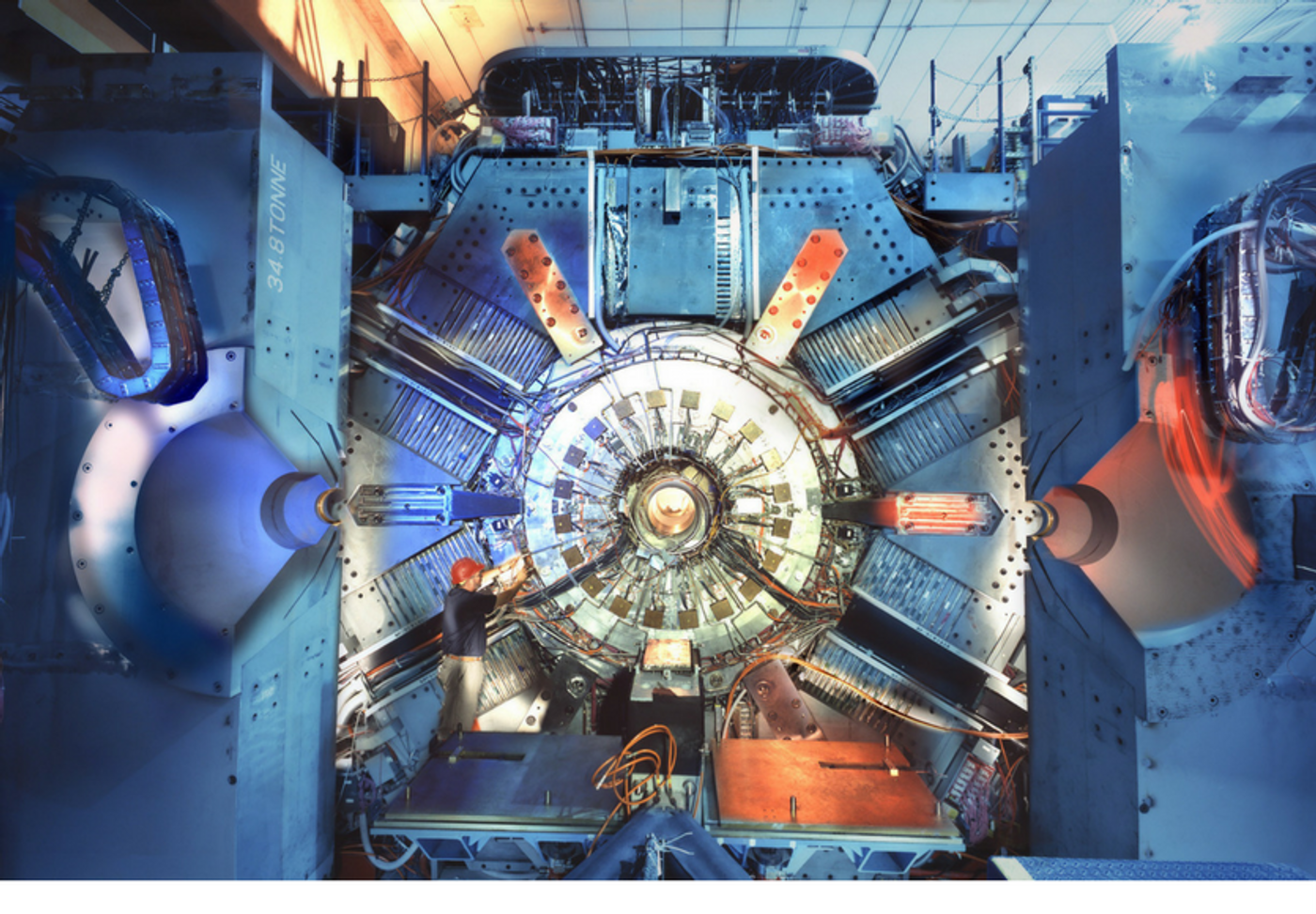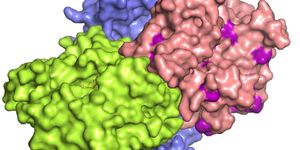Scientists Are Close In On The "Dark Force"
The BaBar detector at SLAC National Accelerator Laboratory. Credit: SLAC National Accelerator Laboratory
It’s humbling to think that ordinary matter, including everything from elementary particles to entire galaxy, makes up about 5% of the matter/energy of our universe. The rest comes in the form of dark matter and dark energy.
Dark matter, which accounts for an estimated 85% of the total mass of the universe, has only been observed indirectly, mainly by its gravitational interactions with ordinary matter. For example, the rotation rate of galaxies is much faster than expected based on their visible matter, suggesting there is "missing" mass that has so far remained invisible to us.
So physicists have been working on theories and experiments to help explain what dark matter is made of and whether there may be a hidden or "dark” force that governs the interactions of such particles among themselves and with visible matter.
Some theories suggest that dark matter particles could interact with visible matter through a new force, which has so far escaped detection. Just as the electromagnetic force is carried by the photon, this dark force is thought to be transmitted by a particle called dark photon which is predicted to act as a mediator between visible and dark matter. First proposed by in 2008 by Lotty Ackerman, Matthew R. Buckley, Sean M. Carroll, and Marc Kamionkowskias, dark photons are expected to be massless, like the ordinary photon.
A recent analysis of data collected from a particle collider in the SLAC National Accelerator Laboratory in Menlo Park, California, helped scientists narrow down the search for dark photons. The latest result was published in the journal Physical Review Letters by an international group of researchers who call themselves the BaBar collaboration.
The Babar collaboration, which ran from 1999 to 2008, had over 500 physicists and engineers studying the subatomic world. In their particle collider electrons were hurled at extremely high speed against their antimatter counterpart – positrons. The collected data was used to analyze the Charge Parity (CP) violation. CP symmetry is a combination of Charge-conjugation symmetry (C symmetry) and Parity symmetry (P symmetry), each of which is conserved separately except in weak interactions.
The charted and uncharted search area (in white) of dark photons. Credit: Muon g-2 Collaboration
In its final two years of operation, BaBar collaboration refocused on finding particles not accounted for in physics' Standard Model including the dark photons. The data analysis team scanned the byproducts of particle collisions for signs of a single high-energy photon without any other activity - the signature of a dark photon.
By limiting some of the hiding places in term of energy, the physicists hoped that the results would provide help to either discover dark photons or eliminate the possibility of these theorized particles. "Although it does not rule out the existence of dark photons, the BaBar results do limit where they can hide, and definitively rule out their explanation for another intriguing mystery associated with the property of the subatomic particle known as the muon," said Michael Roney, BaBar spokesperson and a professor of physics at the University of Victoria .
Dark photons at noon. Credit: TEDx Talks
Source: phys.org










